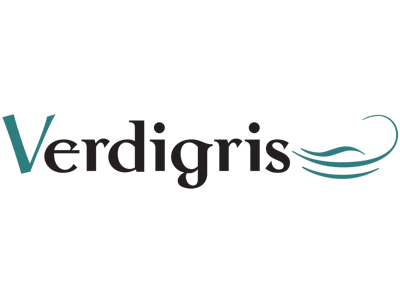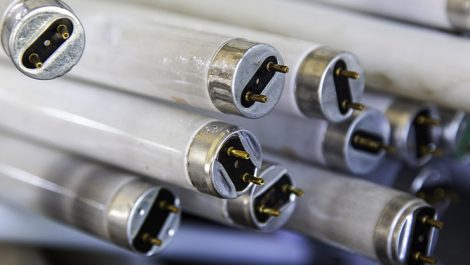Processless platesetting, makes for more efficient and sustainable production, because it removes the need to chemically remove unexposed plate coatings. It’s a big step forward in making print media production more environmentally friendly, but it has taken a while to gain traction. Early iterations were not entirely processless and the plates were not much use after a few thousand impressions. But over time the technology has improved and now it is finally starting to come into its own, even for long runs and with aggressive inks.
Today the three main developers of processless plates are making very positive noises about sales. Kodak reckons that its Sonora plate installations are around 15% worldwide and Agfa has said that conventional plates will account for 80% of plate sales, leaving a 20% opportunity for the processless variety. But this might be too cautious and a look at the reasons why this technology hasn’t taken the market by storm over the last few years might explain why.
The slow uptake has to do with the relevance of the benefits these plates deliver, beyond their greenness. Their advantages have greater resonance in today’s brutal commercial environment, than they might have had twenty years ago when priorities were not the same. Today’s printing industry is all about process efficiency and especially automation wherever possible. This means that the fewer touchpoints for workflows the better, so cutting processing steps for printing plates becomes a commercially necessary choice, as well as an environmentally sound one.
The arguments for minimising waste are also more meaningful these days. Waste processing is expensive, increasingly complex and subject to stricter regulations. The chemistries involved in processing the plates and disposing of them is getting more expensive as regulations come into force. There is also the need for much faster turnaround expectations: cutting out a processing step cuts production time.
Processless plate technology has been under development since the 1970s if not earlier. In the eighties Xerox and Polaroid pioneered processless films, only to be overtaken by direct to plate digital imaging. Their efforts were intended to cut production steps using unique products that gave them new revenue streams. It was not to be with processless films, but processless printing plates are far more likely stories for success. Indeed they might turn out to be the only printing plates available when digital printing works out its environmental kinks and gets its speed up to par with offset’s. But that will take a while. In the meantime, processless plates are where the bets should be placed.
– Laurel Brunner
This article was produced by the Verdigris Project, an industry initiative intended to raise awareness of print’s positive environmental impact. This weekly commentary helps printing companies keep up to date with environmental standards, and how environmentally friendly business management can help improve their bottom lines. Verdigris is supported by the following companies: Agfa Graphics, EFI, Fespa, HP, Kodak, Kornit, Ricoh, Spindrift, Splash PR, Unity Publishing and Xeikon.





